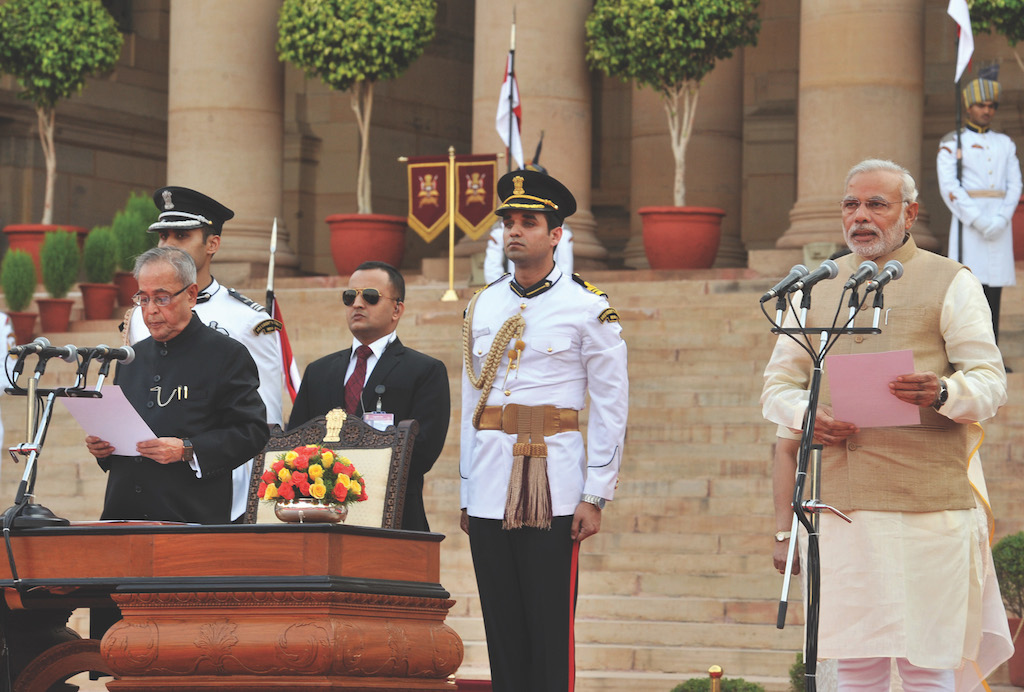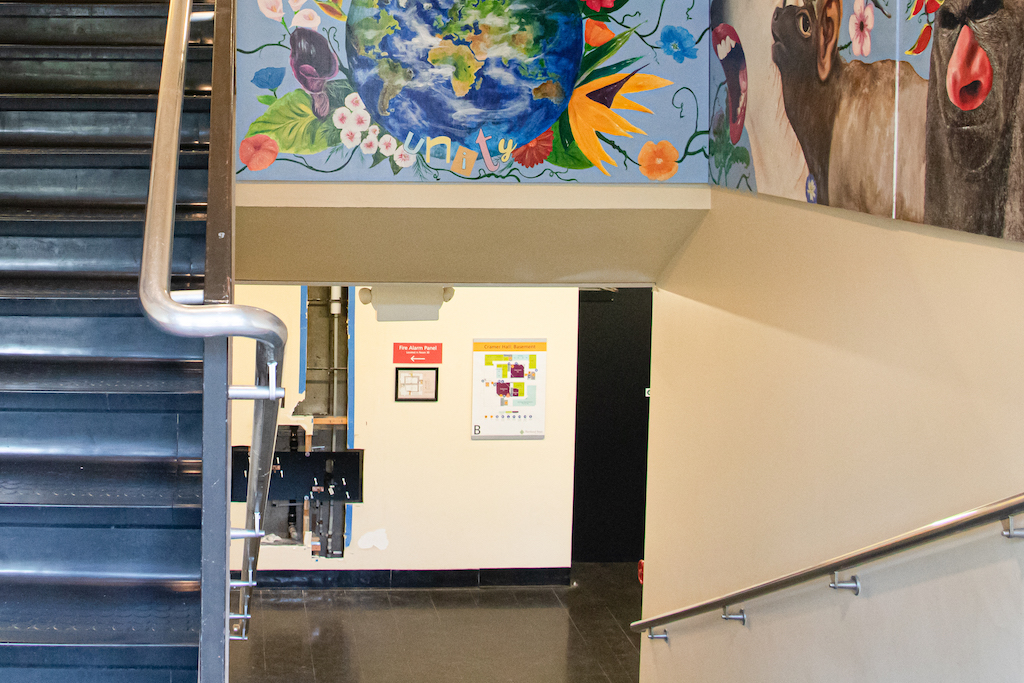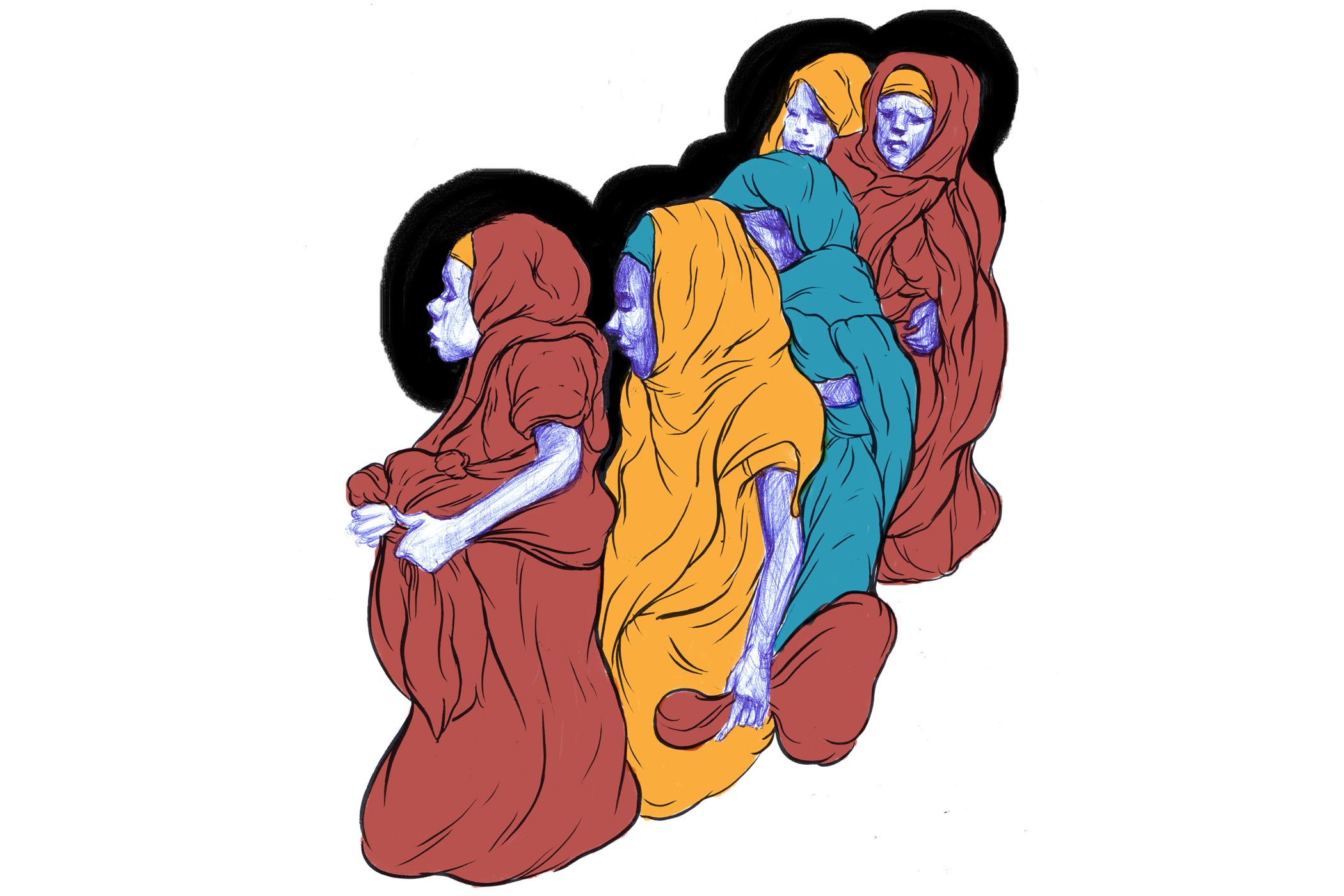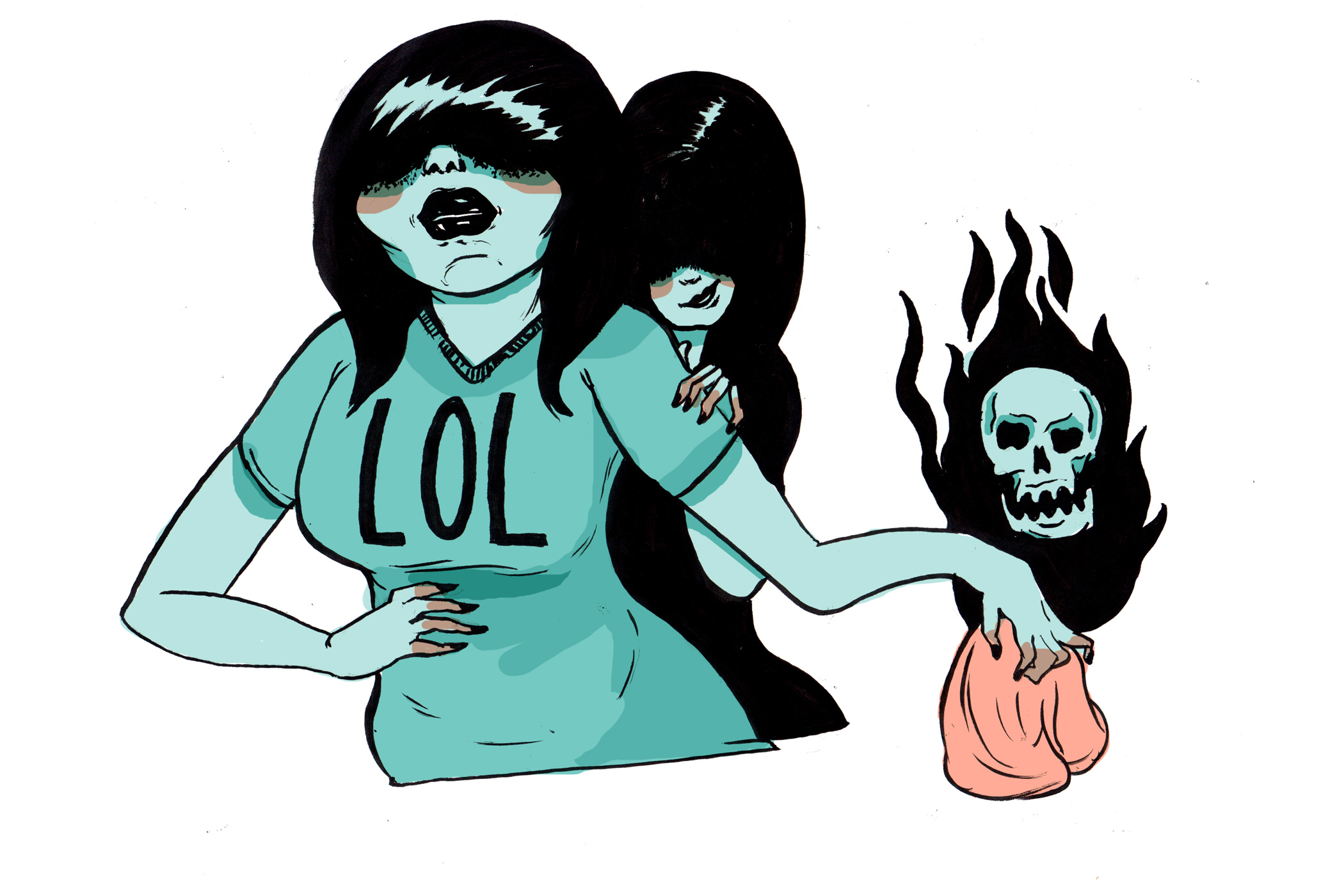After a month-long, seven-phase election process, the Indian elections have come to a close with Narendra Modi winning a second five-year term as prime minister on May 23.
With 900 million eligible voters and over 8,000 candidates, the 2019 Indian elections were the largest elections in world history. 600 million people voted to fill the 543 available seats in the Lok Sabha, India’s legislative body, over a six-week period. The elections had a 67.1% voter turnout, according to The New York Times.
Leader of the Bharatiya Janata Party, Modi announced he had won the election before the votes had been finalized. In order for Modi to be elected, the BJP needed a minimum of 272 seats in the Lok Sabha and passed this mark before the total votes were released. The BJP finished the election with 303 seats in the Lok Sabha—up 19 seats from 2014.
“This election was fought not by politicians but the people of this country—but it’s the people of this country who have emerged victorious,” Modi told supporters at BJP headquarters, according to BBC. “We will never give up our ideals, our humility and our culture.
Modi is the first prime minister in 50 years to win back-to-back elections with a majority in the Indian Parliament. According to The New York Times, there is already talk of electing him for a third term since India does not have term limits.
President Donald Trump and Pakistani Prime Minister Imran Khan both congratulated Modi on Twitter. “Great things are in store for the US-India partnership with the return of PM Modi at the helm,” Trump tweeted. “I look forward to continuing our important work together!”
After winning only 44 seats in 2014, the BJP’s main opposition, the Indian National Congress Party won 52 seats in this year’s elections. The 2019 elections were one of the Congress Party’s worst elections in history. Out of 29 total states, the Congress Party did not win any seats in 13 states.
The Congress Party’s leader Rahul Gandhi lost his Amethi seat in Uttar Pradesh to BJP member Smriti Irani. Gandhi held this position since 2004, but three of Gandhi’s family members held the same parliamentary seat over the past seven decades. Gandhi has offered to resign as leader of the Congress Party since announcing his defeat, according to India Today.
After losing to Gandhi in the 2014 elections, Irani began making regular visits to Amethi. She has made several public statements claiming Gandhi “neglected” the region. Gandhi made a public statement announcing his defeat on May 23.
“Today is the day to wish Modi all the best, hope he looks after the interests of the nation,” Gandhi said, according to India Today. “I said before the campaign that voters will decide the final verdict and they have given their verdict.”
In addition to Gandhi losing his seat, eight Congress Party Chief Ministers lost. The Barring Kerala region—where the party won 15 seats—is the only area the party won in the double digits.
In West Bengal and led by Chief Minister Mamata Banerjee, the BJP won 18 seats, a significant difference from the two they won in 2014, according to Al Jazeera. The Trinamool Congress Party increased its share of the vote in West Bengal by 5%.
“Left voters have consciously voted for BJP because they knew only a Modi regime at the Centre could end TMC’s fascist rule in Bengal,” BJP Rajya Sabha MP Roopa Ganguly told Indian news outlet The Hindustan Times. “The end of the Mamata [Banjeree] regime is a matter of time now.”
723 candidates out of 8,000 were women this year. This was the first year in India’s history that female and male voter turnout numbers were equal. Female voter turnout had been increasing in India over the past several years, and this year, nearly half of the registered 900 million voters were women.
The 2019 elections also held the highest Muslim representation in India’s history. Despite making up 14% of the Indian population, Muslims made up 4.2% of Parliament after the 2014 elections. That number has increased slightly and is now up to 4.8%.






